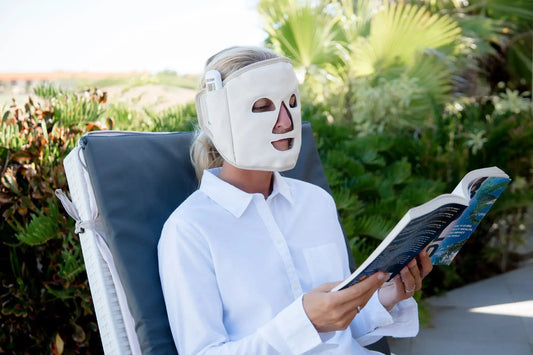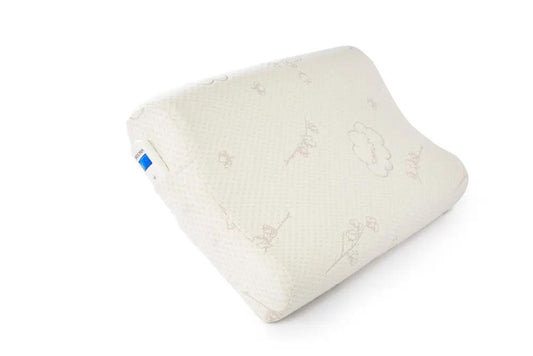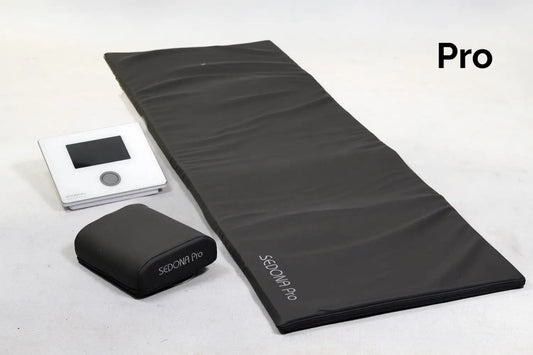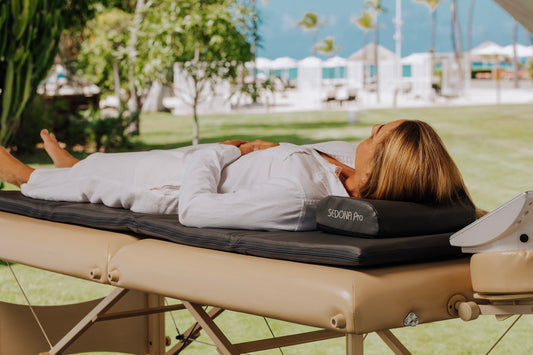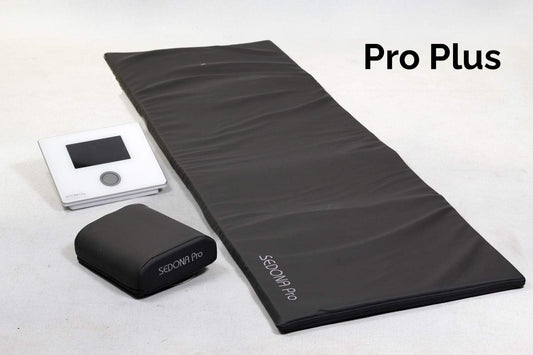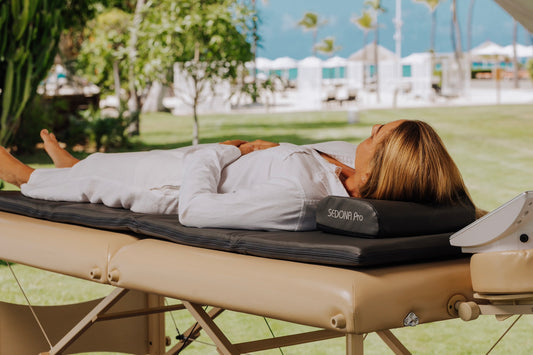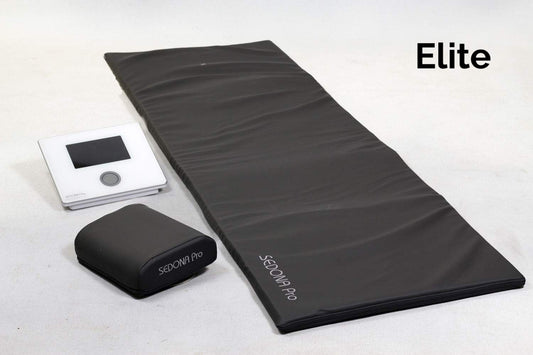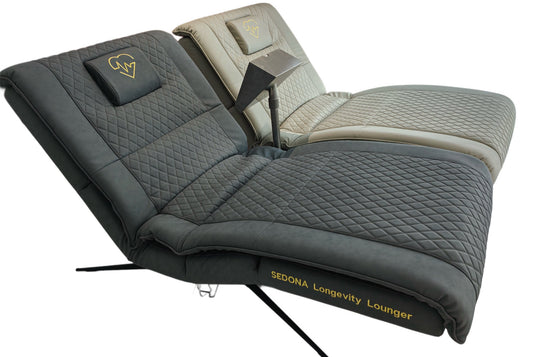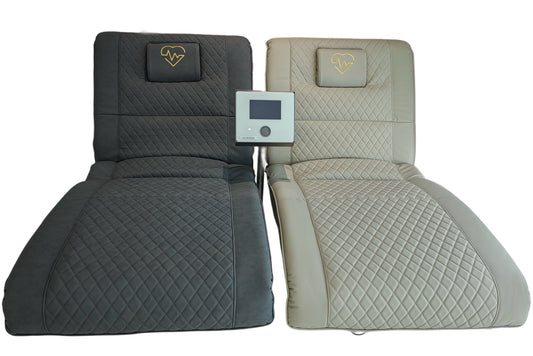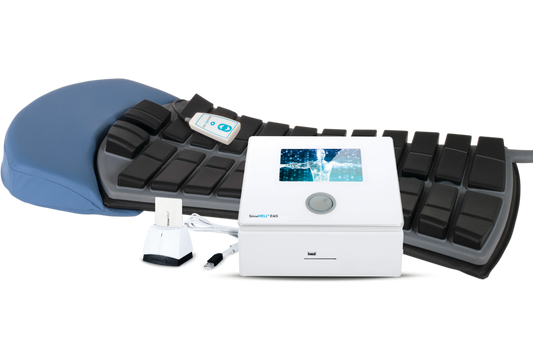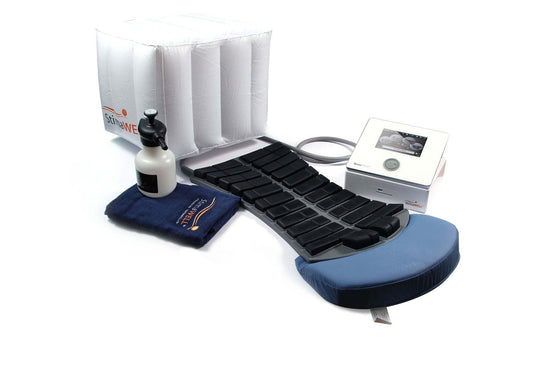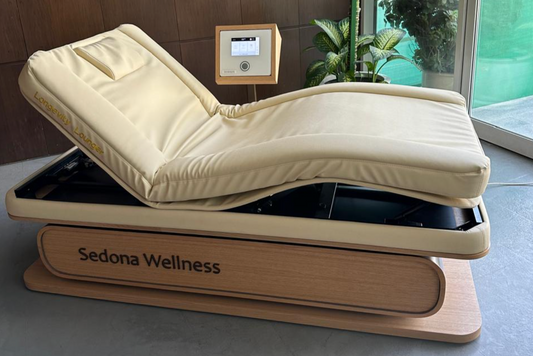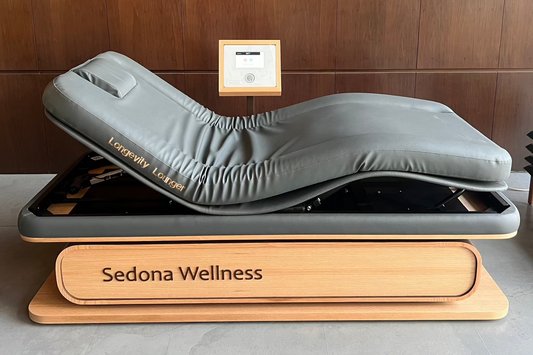
حدود الحماية والسلامة
-
ما هي حدود سلامة القوة الدافعة الكهربائية الكهربائية؟
حدود السلامة من الترددات الكهرومغناطيسية هي عتبات وضعتها المنظمات الصحية لتقليل المخاطر المحتملة من الإشعاع الكهرومغناطيسي. وتعتمد هذه الحدود على الأبحاث في كل من التأثيرات الحرارية وغير الحرارية للترددات الكهرومغناطيسية على الأنسجة البيولوجية. وهي تختلف تبعاً لنوع وتواتر الترددات الكهرومغناطيسية ومدة التعرض لها.
-
المنظمات الرئيسية التي تضع معايير الترددات الكهرومغناطيسية
وضعت عدة هيئات دولية ووطنية إرشادات للتعرض للترددات الكهرومغناطيسية، بما في ذلك:
- اللجنة الدولية للوقاية من الإشعاع غير المؤين (ICNIRP): تضع حدودًا للتعرض للإشعاع غير المؤين بناءً على التردد والشدة.
- لجنة الاتصالات الفيدرالية (FCC): تنظم التعرض للترددات اللاسلكية في الولايات المتحدة لأجهزة مثل الهواتف المحمولة وأجهزة توجيه Wi-Fi.
- منظمة الصحة العالمية (WHO): تقدم توصيات بشأن مستويات الترددات الكهرومغناطيسية الآمنة وتجري تقييمات للمخاطر.
-
أنواع القوة الدافعة الكهربائية وحدود سلامتها
تختلف حدود أمان الترددات الكهرومغناطيسية حسب التردد:
- الترددات المنخفضة للغاية (ELF) EMFs: تقاس عادةً بالملليجاوس (mG)، ويوصى بالتعرض لها بأقل من 2 ملليجاوس لفترات طويلة.
- الترددات الراديوية (RF) EMFs: تقاس بالواط لكل متر مربع (واط/م²)، مع تحديد حدود لجنة الاتصالات الفيدرالية لعامة الناس عند معدل امتصاص محدد (SAR) للأجهزة المحمولة يبلغ 1.6 واط/كجم.
- الإشعاع المؤين: مثل الأشعة السينية، لها حدود أكثر صرامة بسبب قدرتها على إحداث تلف فوري في الحمض النووي.
-
مصادر التعرض للقوة الدافعة الكهربائية
تشمل المصادر الشائعة للتعرض للترددات الكهرومغناطيسية ما يلي:
- الهواتف المحمولة وأجهزة الكمبيوتر المحمولة والأجهزة اللوحية.
- أجهزة توجيه Wi-Fi وأجهزة Bluetooth.
- الأجهزة المنزلية وخطوط الكهرباء.
- أجهزة التصوير الطبي مثل الأشعة السينية والماسحات الضوئية المقطعية.
يساعد فهم هذه المصادر في تحديد أولويات تدابير السلامة.
-
المخاطر الصحية والحاجة إلى وضع حدود
تعتمد المخاطر الصحية المحتملة للترددات الكهرومغناطيسية على شدة ومدة التعرض. فالتأثيرات الحرارية، مثل تسخين الأنسجة، موثقة جيداً عند الترددات العالية. أما التأثيرات غير الحرارية، بما في ذلك الإجهاد التأكسدي واضطرابات النوم والمخاطر المحتملة المسببة للسرطان، فلا تزال موضوعاً للأبحاث الجارية، مما يسلط الضوء على أهمية الالتزام بحدود السلامة.
-
استراتيجيات عملية للحماية من القوة الدافعة الكهربائية الضوئية
للتقليل من التعرض للترددات الكهرومغناطيسية، ضع في اعتبارك التدابير التالية:
- زيادة المسافة: حافظ على مسافة آمنة من الأجهزة التي تنبعث منها الموجات الكهرومغناطيسية، مثل استخدام مكبرات الصوت بدلاً من وضع الهواتف على أذنك.
- الحد من الاستخدام: قلل من وقت استخدام الشاشات والاتصال اللاسلكي، خاصة للأطفال.
- أوقف تشغيل الأجهزة: قم بإيقاف تشغيل أجهزة توجيه Wi-Fi وأجهزة البلوتوث عندما لا تكون قيد الاستخدام، خاصة في الليل.
- استخدم منتجات الحماية: استثمر في الحقائب والستائر والملابس التي تحجب الموجات الكهرومغناطيسية في حالات التعرض العالي.
-
تهيئة بيئة منخفضة الترددات الكهرومغناطيسية
صمم منزلك ومساحة العمل الخاصة بك لتقليل التعرض للترددات الكهرومغناطيسية:
- اختر اتصالات الإنترنت السلكية بدلاً من الواي فاي.
- ضع أجهزة التوجيه والأجهزة الإلكترونية بعيداً عن أماكن النوم والمعيشة.
- اختر الأجهزة وخيارات الإضاءة منخفضة الترددات الكهرومغناطيسية.
-
دور العلاج بالموجات فوق البنفسجية في الحماية من الترددات الكهرومغناطيسية
يمكن أن يساعد العلاج بالمجال الكهرومغناطيسي النبضي (PEMF) في مواجهة آثار التعرض الضار للترددات الكهرومغناطيسية الكهرومغناطيسية. من خلال تعزيز إصلاح الخلايا وتقليل الإجهاد التأكسدي، يدعم العلاج بالمجال الكهرومغناطيسي النبضي دفاعات الجسم الطبيعية ضد الإجهاد المرتبط بالتعرض للترددات الكهرومغناطيسية.
-
اللوائح الحكومية وتوعية المستهلكين
تلعب الهيئات التنظيمية دورًا حيويًا في فرض حدود السلامة ومراقبة التقنيات الجديدة مثل الجيل الخامس 5G. وبصفتك مستهلكاً، فإن البقاء على اطلاع على مواصفات الأجهزة، مثل قيم SAR للهواتف المحمولة، يمكن أن يمكّنك من اتخاذ خيارات أكثر أماناً.
-
مستقبل الحماية من الترددات الكهرومغناطيسية
ومع تقدم التكنولوجيا، يجري تطوير استراتيجيات جديدة للسلامة من الترددات الكهرومغناطيسية. وتشمل الحلول الناشئة مواد التدريع المحسّنة والأجهزة المتوافقة حيوياً والأطر التنظيمية المحسّنة. ستعمل الأبحاث المستمرة على تحسين فهمنا لمستويات التعرض الآمن وطرق الحماية المبتكرة.
منتجات سيدونا للصحة والعافية
-
قناع الوجه سيدونا بيمف
بائع:سيدونا ويلنس4.75 / 5.0
(4) 4 إجمالي المراجعات
سعر عادي $390.00 USDسعرسعر الوحدة / لكل -
وسادة تيميز بيمف تيميز
بائع:سيدونا ويلنس4.67 / 5.0
(3) 3 إجمالي المراجعات
سعر عادي $390.00 USDسعرسعر الوحدة / لكل -
حصيرة سيدونا برو بيمف
بائع:سيدونا ويلنس5.0 / 5.0
(12) 12 إجمالي المراجعات
سعر عادي ابتداءا من 5,900.00 $ USDسعرسعر الوحدة / لكل -
حصيرة سيدونا برو بلس بيمف
بائع:سيدونا ويلنس5.0 / 5.0
(8) 8 إجمالي المراجعات
سعر عادي ابتداءا من 6,900.00 $ USDسعرسعر الوحدة / لكل -
حصيرة سيدونا إيليت بيمف
بائع:سيدونا ويلنس5.0 / 5.0
(20) 20 إجمالي المراجعات
سعر عادي ابتداءا من 7,900.00 $ USDسعرسعر الوحدة / لكل -
كرسي سيدونا PEMF
بائع:سيدونا ويلنسالسعر العادي ابتداءً من 15,900.00 دولار أمريكيالسعر العاديسعر الوحدة / لكل -
حصيرة الظهر STIMAWELL EMS
بائع:سيدونا ويلنسالسعر العادي 16,900.00 دولار أمريكيالسعر العاديسعر الوحدة / لكل -
سرير لونجفيتي لاونجيتي بيمف
بائع:سيدونا ويلنسالسعر العادي من $21,900.00 دولار أمريكيالسعر العاديسعر الوحدة / لكل

